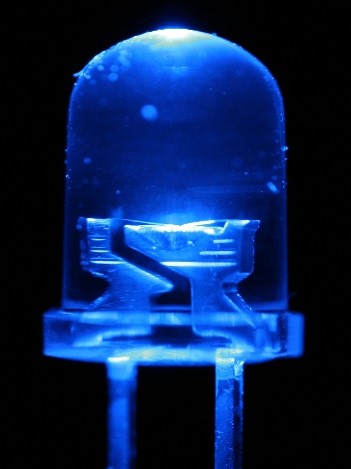Professor Christian Cajochen and his team at the University of Basel in Switzerland have been conducting research on the relationship between light and human biofunction, including a recent scientific study on the effect of the light spectrum on sleep quality, visual comfort, well-being and daytime alertness.
It is well known that light is one of the strongest factors in controlling human circadian rhythms, such as the secretion of the sleep-promoting hormone melatonin. Thus, optimal daytime lighting conditions are critical to prevent circadian rhythm disturbances that can lead to sleep disturbances and other lifestyle-related illnesses. Over the past ten years, relevant scientific research has been carried out in the field of sleep, chronobiology, physiology, and the impact of light quality on the care of the elderly.
According to Professor Caiohen’s research, LED light sources with the same color temperature and intensity but different spectral power can have different effects on human behavior and physiology. LED light sources with a spectrum close to natural sunlight provided better visual comfort, cheerfulness and good mood in the morning and evening among the test participants compared to LEDs operating on standard spectra. The study tested visual comfort, circadian physiology, daytime alertness, mood, cognition, and sleep after exposure to both conventional LED light and natural spectral light for 49 hours in a laboratory setting.

Providing the same spectrum as sunlight and in the visible light range, SunLike series natural spectrum LEDs provide human wellbeing benefits that are consistent with the mechanisms of vision.
Seoul Semiconductor developed the SunLike series in cooperation with Toshiba Materials TRI-R spectrum technology in 2017 as the first LED light source that fully matches the spectrum of natural sunlight. Since then, the two companies have promoted this natural spectrum sunlight technology through its beneficial effects on human well-being and sleep as a key value in the evolution of lighting.
This study by the University of Basel offers another important aspect in the development of artificial light over the past eighty years. In addition to the properties of modern LED light sources, such as energy efficiency, environmental friendliness and service life, a new light quality factor has been added to determine human well-being.
Article based on the materials of the Internet edition of LED Professional
